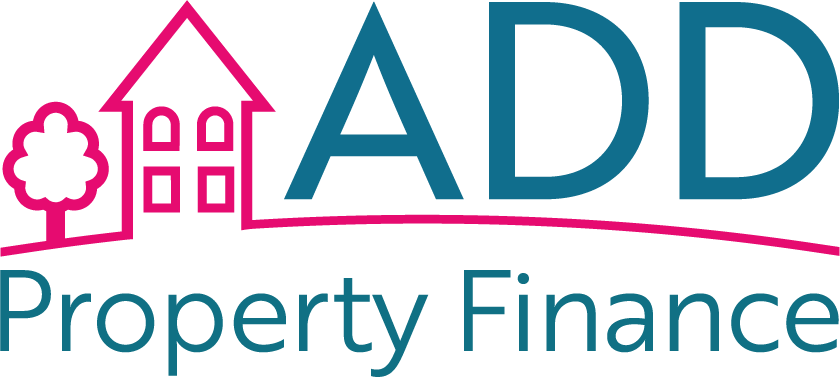Property development can be a rewarding venture, whether you’re looking to increase your property’s value, create additional living space, or embark on a new construction project. Financing these endeavours, however, can be a complex puzzle to solve. This is where bridging loans come into play. In this guide, we’ll explore how homeowners can use bridging loans to finance property development projects effectively.
1. Assess Your Property Development Goals
Before diving into the world of bridging loans, it’s essential to have a clear vision of your property development goals. Determine what you want to achieve, whether it’s renovating an existing property, adding an extension, converting unused space, or even building a new structure. Having a well-defined plan will guide your financing decisions.
2. Calculate Your Budget
Once you’ve established your property development goals, create a detailed budget. Account for all potential costs, including construction expenses, materials, labor, permits, and any unforeseen contingencies. Be thorough in your budgeting to avoid financial surprises down the road.
3. Understand Bridging Loan Terms
Bridging loans are typically short-term loans with higher interest rates than traditional mortgages. It’s crucial to understand the loan terms, including interest rates, repayment structure, and loan duration. Bridging loans can range from a few weeks to several months, so align the loan term with your property development timeline.
4. Find the Right Lender
Not all lenders offer bridging loans, and terms can vary significantly between providers. Research and compare lenders to find one that suits your needs. Mortgage advisers can also help you identify reputable lenders and secure favourable terms.
5. Provide Detailed Plans
Lenders will want to see detailed plans for your property development project. This includes architectural designs, construction schedules, and cost breakdowns. A well-prepared proposal demonstrates your commitment to the project and can increase your chances of loan approval.
6. Property Valuation
Lenders will assess the value of your property both before and after the proposed development. This valuation determines the loan-to-value (LTV) ratio and influences the amount you can borrow. A higher post-development property value can enhance your borrowing capacity.
7. Loan Approval and Disbursement
Once your loan application is approved, the lender disburses the funds. This can happen quickly, often within a matter of weeks. Ensure your financing is readily available when you need it to keep your project on schedule.
8. Efficiently Manage the Project
With the funds in hand, manage your property development project efficiently. Keep a close eye on the budget, monitor progress, and address any unexpected challenges promptly. Effective project management ensures that you maximise the use of your bridging loan and complete your project on time.
9. Exit Strategy
Plan your exit strategy from the bridging loan. Typically, homeowners either sell the property, refinance with a traditional mortgage, or secure long-term financing to repay the bridging loan. Having a clear exit strategy is crucial to ensure that your property development project remains financially viable.
10. Seek Expert Advice
Property development and financing can be complex, so don’t hesitate to seek expert advice. Mortgage advisers, architects, and construction professionals can provide valuable insights and guidance throughout the process.
In conclusion, bridging loans offer homeowners a flexible and efficient means of financing property development projects. When used strategically, they can help you achieve your property development goals and enhance the value of your investment. However, careful planning, budgeting, and expert advice are essential to ensure a successful property development journey.







